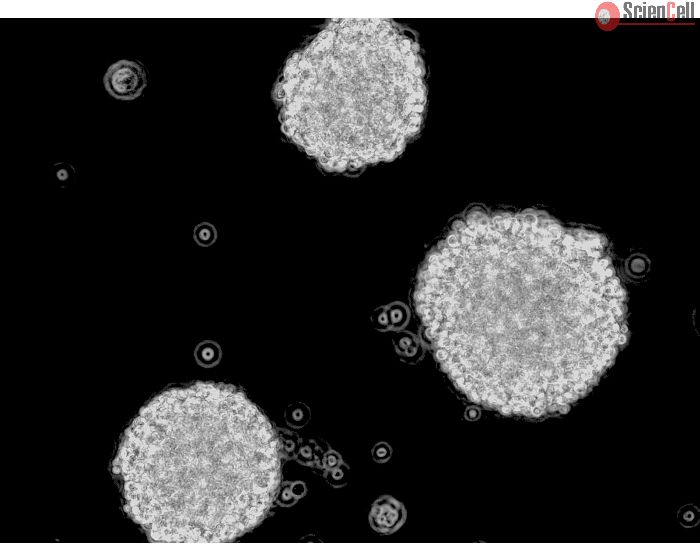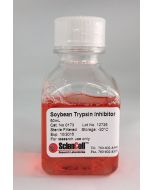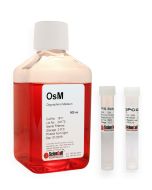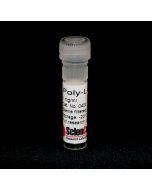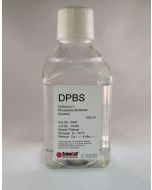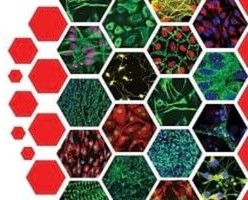Human Oligodendrocyte Precursor Cell-oligospheres
Catalog No.
1610
Isolated from human brain. HOPC-os are cryopreserved and delivered frozen. Each vial contains >1 x 106 cells in 1 ml volume.
$1,326.00
Out of stock
